Exploring Pari Mahal Garden, Srinagar : Kashmir’s Majestic Mughal Heritage
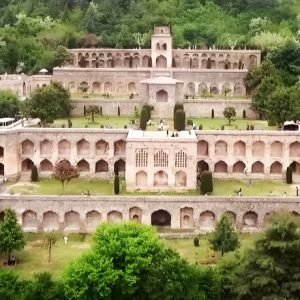


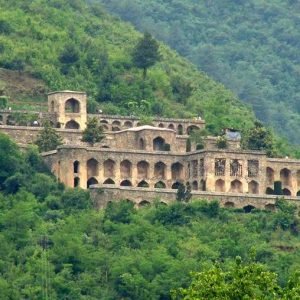

Table of Contents
ToggleWelcome to this detailed examination of Pari Mahal Garden, one of the most intriguing historical sites in Srinagar, Kashmir. Here, through careful explanation and elaboration we are going to reveal the splendour of Pari Mahal Garden itself along with its unique Mughal architecture and landscaping. You can plainly see how magnificent Pari Mahal Garden might be–if it is of interest for you to explore this lovely garden on Lake Dal then our guide will surely benefit anyone wishing to visit.
1. Introduction to Pari Mahal Garden
Pari Mahal, better known as the “Palace of Fairies,” is situated on western slopes of Zabarwan Range overseeing picturesque Dal Lake in Srinagar. Built in the 17th century, this Mughal garden exhibits both exquisite architecture and artful landscape design. It is indeed a beautiful wonder. Pari Mahal shows us the exquisite beauty of Mughal scale gardening laid out with Persian features, so as to offer everyone who visits a glimpse into Kashmir’s royal history.
2. Historical Background and Significance
Creation and Construction: The son of Shah Jahan, Mughal Emperor, Dara Shikoh built Pari Mahal. Renowned for culture and science, Dara Shikoh himself reflects not only the light of beauty but its mood also. Pari Mahal flowered in the Golden Age of the Mughal Empire, an age marked by great developments in architectural design and horticulture.
Purposes: Different historians make different interpretations about the exact purpose of Pari Mahal. One version suggests that it was a princely manor or place within which Dara Shikoh and his attendants could dwell at leisure. In another version, it was first a place to study and a tribute to part-time contemplation点。 Its’ very timid situation, with clear water quite all around suggests such mood.
Pari Mahal is a monumental that bears testament to the valley’s rich cultivation heritage and how it has managed to cope under different cultures. It reflects the Mughal Empire’s efforts to create beautiful landscapes that meld naturally with nature and yet bring royal pleasure to their owners.
3. Design and Layout
The Persian garden inspiration of Mughal gardens follows the same rectangular plan, with transition zones that are used for holding water and dividing sections into four primary plot lines. The layout harks back to Persian garden layout ideas which aim at a paradise-like experience with moving water, natural row upon line of beautiful green, and balance symmetries throughout.
Terraced Structure One of the most distinctive features of Pari Mahal is its terraced structure. The garden climbs from the ground level upward in six steps, each offering different views and experiences. Design of the terraces accentuates natural sloping land, creating a cascading effect that adds to the visual impact and beauty.
Water Features It is famous for its elaborate water features which include fountains, pools and set waterways. The water system, cleverly designed to flow down throughout the terraces, uses the water both for aesthetics and irrigation. The sound of flowing water is another quality of the garden.
Pavilions and Architecture This autumn, Pari Mahal is decorated with several pavilions and architectural elements reflecting the Mughal Empire’s craftsmanship. The middle pavilion, located on the last one-some 15 meters high terrace, has sweeping view of a part of Lake Dal to Ratnoe. The pavilions are decorated in exquisite carving and decoration, demonstrating the Mughals’ craftsmanship on them
4. Location and Facilities
Flora and Fauna: There are many ornamental plants, trees and flowers in Pari Mahal’s landscaping. Traditional Mughal horticulture – including beautiful lawns where flowers are grown in one bed, fruit orchards and trees which give shade-part of the garden’s design. Although the garden’s botanical elements have been changed somewhat over the centuries, its original charm remains intact today as you walk through predawn mist to take your morning exercise or in evening gloaming strolling along garden walks.
Restoration Efforts: Since its establishment, Pari Mahal has had several restoration activities in order to preserve the historical and architectural value of the garden. These activities strive to maintain original garden design while conforming to modern conservation standards. Restored and managed by these efforts, the garden has recovered its beautiful face and remains as relevant today as ever it was in history.
5. Visiting Pari Mahal: What to Wear
Entrance and Ticket Information: When you visit Pari Mahal, it is common that you buy a ticket for admission. The ticket price is generally low, and a lot of this money goes towards maintaining and preserving the site. However, you should check the current price and visiting hours before your trip.
Guided Tours: For a more informed visit, take a guided tour of Pari Mahal. You will have the history of the gardens, its architecture, and its cultural significance explained to you in detail by knowledgeable guides, so that your overall experience may be improved.
Photography: Pari Mahal provides excellent opportunities for photography, with its magnificent architecture, lush gardens and panoramic views. When you take photos, be sure to follow any rules for photography that have been posted in order to protect the site and show consideration for other visitors.
Accessibility: Pari Mahal is located on a hillside, meaning that there are many steps and slopes to be negotiated. Most people can visit the garden without a problem, but anyone with mobility issues the ground may prove difficult for them. It is a good idea to wear comfortable shoes suitable for walking and to expect some physical exertion.
6. Best Time to Visit
In years with finds of snowdrops, crocus, tulips the solitary Pari Monastery overlooking a waterworn gulmehsan to the north seems especially delightful. The relatively mild weather makes Vic with a comfortable and A. The garden is still very peaceful.
The deep gully separating the hillside heights to either side of Pari Mahal is like a Grand Canyon in California. It provides magnificent far-seeing views, while also offering some private spots to enjoy some quiet moments. Write up should be done immediately to take advantage of such spectacular views; Write up can reasonably be expected after one or two days of hard labour.
Spring (April to June), Spring is the best time to view Pari Monastery gardens because it comes alive with blooming flowers and pleasant temperatures. The mild weather makes for a comfortable and enjoyble visit.
Summer (July to September), Summer has more warm temperatures and clear blue sky. It is the best time for exploring the garden and enjoying its outdoor features. However, it can get quite hot so early morning or late afternoon visits are recommended to avoid the peak heat.
Autumn (October to November), Autumn provides a beautiful backdrop with the changing colors of the foliage. The cooler temperatures and crisp air make it a great time to visit Pari Monastery and take in the garden’s serene atmosphere.
7. How to Reach Pari Monastery Garden
In Winter (December to March), in Srinagar it can be cold and snowy which may affect accessibility and the whole experience at Pari Monastery. For this reason, if you plan to visit at this time be prepared for chilly weather disruptions in travel.
I By Air: The nearest airport to Pari Monastery is Srinagar’s Sheikh ul-Alam International Airport (SXR), which is around 25 km away from the garden. From the airport, you can take. a taxi or use local transportation to make your way to Pari Monastery. I By Train: Jammu Tawi Railway Station is the nearest major railway station, about 300 km south of Srinagar. From Jammu, you can travel by taxi or bus to Srinagarand then proceed on to Pari Monastery.
I By Road: Srinagar is well-connected by road, and you can make your way to Pari Monastery by hiring a taxi or taking a local bus from various parts of the city. The garden is located on the western of the Zabarwan Range, and there are a number of scenic routes to reach the garden.
8. Nearby Attractions & Things To Do
Dal Lake: Just below Pari Mahal lies Dal Lake, one of Srinagar’s most iconic landmarks. You can take a shikara ride on Dal Lake or visit the floating gardens, between which are Nishat Bagh gardens off to your left and Shalimar Bagh further downstream.
Shalimar Bagh: This grand Mughal garden, also known as ‘The Abode of Love’, is just a short drive away from Pari Mahal. It has exquisite water features, terraced lawns and beautiful flowerbeds.
Nishat Bagh: Situated on waterfall-like terrain overlooking Dal Lake and surrounding mountains lies one very remarkable Mughal garden indeed. The terraced layout of the garden combined with beautiful flowers make for a popular sightseeing spot.
Hazratbal Shrine: Located on the northern banks of Dal Lake, this important religious spot in Srinagar, with its white marble structure and quiet setting, is one that you must definitely see when you are in town.
9. Traveling To Pari Mahal: Tips
Dress Casually: Pari Mahal is built on terraced land, so dress casually and wear sturdy walking shoes to make your trip comfortable.
Take The Necessities Along With You: In particular when the weather is hot, remember to take some water, some sunblock and a hat. These will all make it more pleasant to explore the garden.
Observe The Local Rules: Pari Mahal is a place where people go to visit, but it is also a historical and cultural site. Please do not litter the grounds; do not spit on the building walls. Show respect for and follow any instructions given to you by staff in charge of this site.
Plan Ahead: Find out the hours of opening, the ticket price and how best to get there. If you do this ahead of time you’ll enjoy yourself much more during your visit!
Drink Water: Especially when it’s the hot season a bottle of water will be a big help to you as you visit this garden.
10. Conclusion
The Pari Mahal is a grand testament to Mughal art and architecture. Thus, with its historical significance, breathtaking views and ingenious design will never Appear together ranks as an unmissable destination in Srinagar. Whether it’s the beauty or history of the architecture, or simply the atmosphere, Pari Mahal shows you a unique aspect of Kashmir ‘s royal past. We hope this detailed guide has given you enough information about Pari Mahal and whetted your appetite enough to include it on your travel itinerary. If you have any other questions or need further information, just give us a message. Enjoy your visit to this delightful little Mughal jewel!
How to book a Kashmir Tour with Charzan Holidays?
For a seamless and exceptional booking experience, contact Charzan Holidays at reservations@charzan.in or call us at +919622224473.
People ask FAQ's
What is special about Pari Mahal?
Pari Mahal in Srinagar, also known as the Palace of Fairies, is a 17th-century Mughal-era monument built by Dara Shikoh. Located on the Zabarwan Range overlooking Dal Lake, it features stunning terraced gardens and intricate stonework. Originally an observatory, it offers panoramic views of Dal Lake and Srinagar. Its blend of Persian and Mughal architecture, along with its scenic beauty, makes it a must-visit site.
Why is Pari Mahal called palace of Fairies?
Pari Mahal, known as the Palace of Fairies, earns its enchanting name from its ethereal beauty and the mythic allure surrounding its design and location. The name reflects:
Ethereal Beauty: The palace’s serene terraced gardens and stunning views over Dal Lake create a magical, otherworldly atmosphere.
Architectural Elegance: Its intricate Mughal and Persian architecture adds to its fairy-tale charm.
Local Legends: The name also stems from local folklore and romanticized stories that liken its beauty to that of a fairy-tale palace.
Is Pari Mahal a six terrace garden?
Yes, Pari Mahal is known for its distinctive six terraced levels. Each terrace is carefully designed with intricate Mughal and Persian architectural elements, including water channels and ornamental features. This terraced layout not only enhances the aesthetic appeal but also provides stunning views of Dal Lake and the surrounding landscape, contributing to its reputation as a palace of enchanting beauty.
Which are the Mughal gardens in Srinagar?
The Mughal gardens in Srinagar, known for their exquisite design and historical significance, include:
Shalimar Bagh: Built by Emperor Jahangir in 1619, this garden is renowned for its terraced layout, water channels, and beautifully manicured lawns.
Nishat Bagh: Constructed by Emperor Jahangir’s brother-in-law Asif Khan in 1633, it features terraced gardens with stunning views of Dal Lake and the Zabarwan Range.
Chashme Shahi: Created by Emperor Shah Jahan in 1632, this garden is known for its natural springs and terraced layout, offering picturesque views of the surrounding landscape.
Haseeb’s Garden (also known as Bagh-e-Haseeb): Located near Nishat Bagh, it is less well-known but still reflects traditional Mughal garden aesthetics.
Shalimar Gardens: Often referring collectively to Shalimar Bagh and Nishat Bagh, these gardens exemplify the grandeur of Mughal landscape design.
These gardens are celebrated for their elegant design, intricate water features, and beautiful landscaping, reflecting the Mughal love for nature and symmetry.
Frequently Asked Questions
1. What is Pari Mahal? | |
| Pari Mahal, also known as the Palace of Fairies, is a historic garden and former royal palace located on the Zabarwan mountain range, overlooking Dal Lake in Srinagar. | |
2. How do I reach Pari Mahal? | |
| Pari Mahal is approximately 7 kilometers from the center of Srinagar. You can reach it by taxi or auto-rickshaw. The journey takes around 20-30 minutes. | |
3. What is the significance of Pari Mahal? | |
| Pari Mahal was built in the 17th century by Mughal Emperor Shah Jahan as a school for Persian studies and a pleasure garden, reflecting Mughal architecture and landscaping. | |
4. What can I do at Pari Mahal? | |
| Visitors can explore the terraced gardens, enjoy panoramic views of Dal Lake and the surrounding mountains, and take photographs of the stunning architecture and landscapes. | |
5. Is Pari Mahal suitable for families? | |
| Yes, Pari Mahal is family-friendly, offering a peaceful environment where families can enjoy nature and history together. | |
6. What is the best time to visit Pari Mahal? | |
| The best time to visit is from April to October when the weather is pleasant and the gardens are in full bloom. | |
7. Are there accommodations available near Pari Mahal? | |
| Yes, various hotels and guesthouses are available in Srinagar, catering to different budgets and preferences. | |
8. Can I find food options at Pari Mahal? | |
| There are no formal restaurants within Pari Mahal. It’s advisable to carry snacks or have a meal in Srinagar before your visit. | |
9. What should I wear when visiting Pari Mahal? | |
| Dress comfortably and in layers, as the weather can change quickly. Wear comfortable shoes for walking around the garden. | |
10. Is there an entry fee for Pari Mahal? | |
| Yes, there is a nominal entry fee for visiting Pari Mahal, which contributes to the maintenance of the site. | |
11. What wildlife can I expect to see at Pari Mahal? | |
| You may see various bird species, especially during the migratory season, as well as local flora in the gardens. | |
12. Can I take photographs at Pari Mahal? | |
| Yes, photography is allowed at Pari Mahal, and the gardens provide stunning backdrops for photos. | |
13. Is it safe to travel to Pari Mahal? | |
| Yes, Pari Mahal is generally safe for tourists. However, it’s advisable to travel during daylight and use trusted transport services. | |
14. Are there guided tours available for Pari Mahal? | |
| Yes, several local tour operators offer guided tours that include visits to Pari Mahal along with other attractions in Srinagar. | |
15. What are the scenic views like at Pari Mahal? | |
| Pari Mahal offers breathtaking views of Dal Lake, the surrounding mountains, and the lush greenery of the gardens, making it a popular spot for photography and relaxation. |



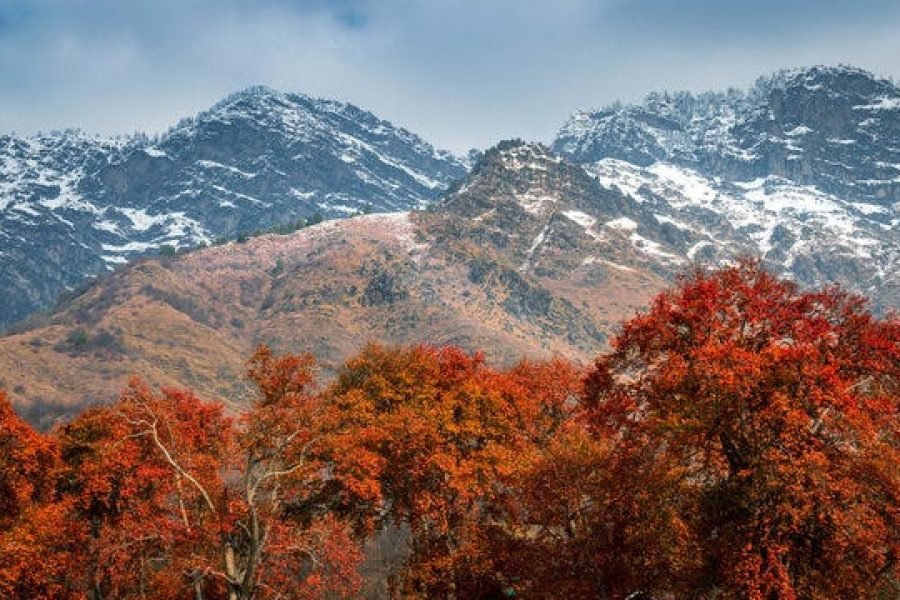
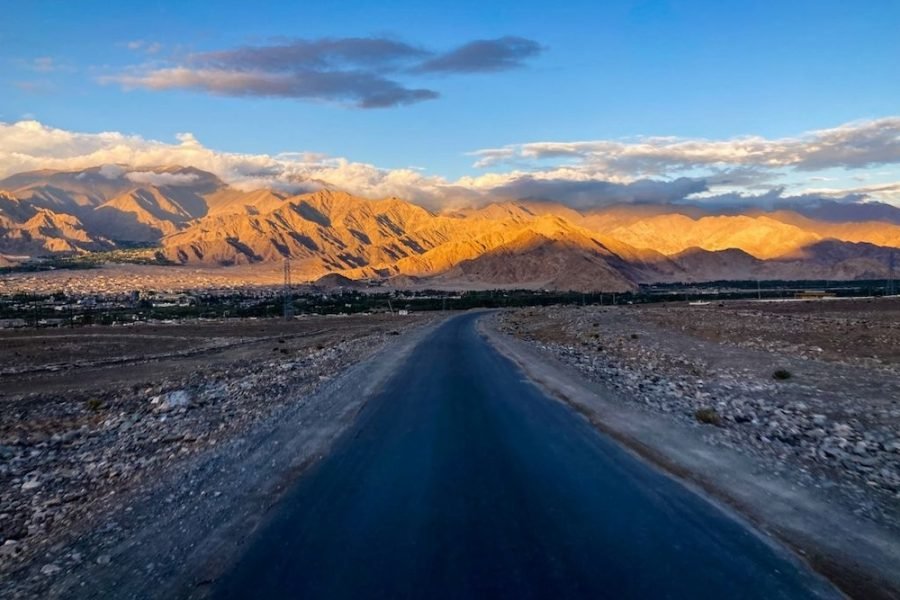
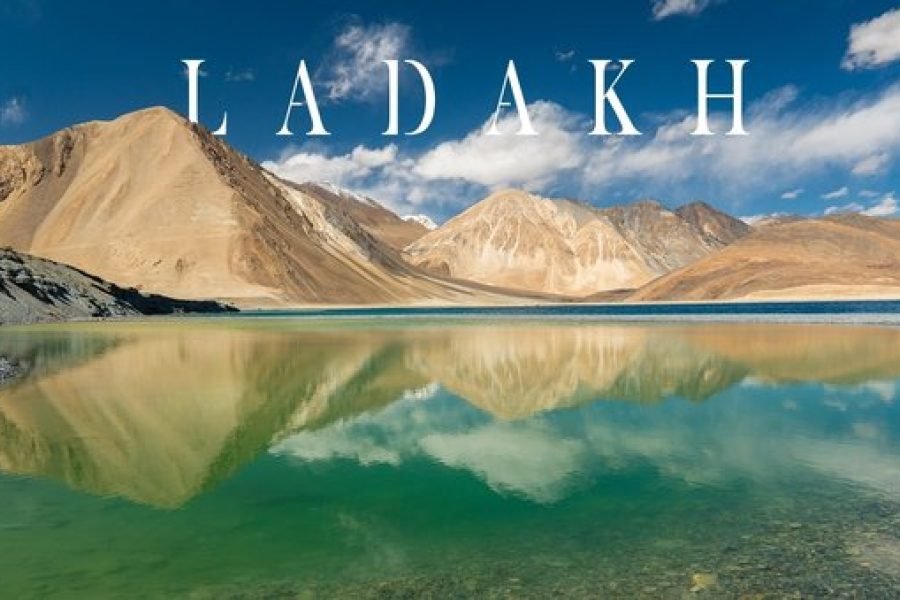


0 Comment